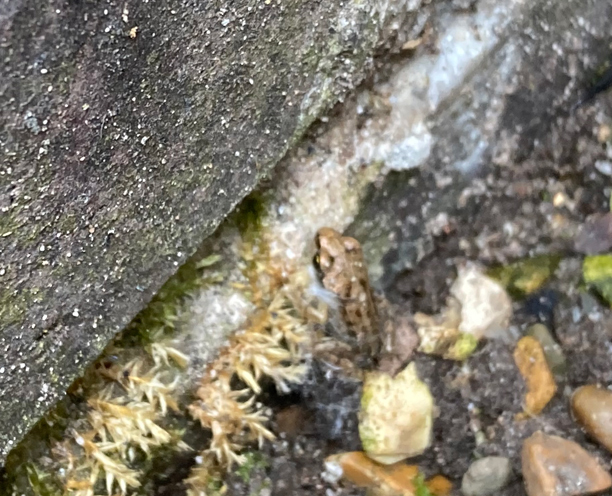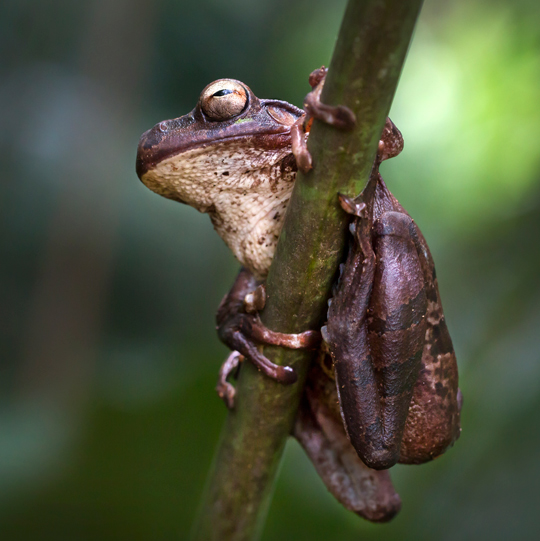New Research Suggests Climate Change Could Adversely Affect Amphibians and Reptiles
Researchers from Tel Aviv University (Israel) and Queen’s University Belfast have carried out one of the most comprehensive studies to date to better understand what affects life expectancy among all living vertebrates in the world. The study’s conclusions not only challenge a long-accepted theory about the lifespan of organisms, but also provide a new perspective on climate change – that global warming could have a huge impact on the life expectancy among cold-blooded animals such as reptiles and amphibians.
Studying Reptiles and Amphibians
With many schools having ponds in their grounds and wildlife areas, it is important to emphasise how crucial these habitats are for many animals, particularly frogs, toads and newts as the spawning season gets underway.
Forty-one Percent of All Amphibian Species Assessed to Date* Are Threatened with Extinction
Picture credit: Queen’s University Belfast
* International Union for Conservation of Nature Red List Data.
The “Rate of Living” Theory
Some animals with backbones, such as some species of frog, can live for less than a year. Whilst other animals such as elephants and turtles can live for a very long time. The “rate of living” theory has long been accepted as an explanation as to why organisms age. According to this theory, the faster the metabolic rate the shorter the lifespan.
The scientists from Queen’s University Belfast and Tel Aviv University looked at data from over 4,100 land vertebrate species from across the planet to test the prevailing “rate of living” theory. They found that ‘rate of living’ does not affect aging rates, rejecting the previously accepted link between metabolism and lifespan.
Identifying Extinction Factors for Reptiles and Amphibians
The study, published today (Friday 14 February), in the journal Global Ecology and Biogeography, found that rates of aging in cold-blooded organisms including amphibians and reptiles are linked to high temperatures. These findings led the scientists to propose an alternative hypothesis: the hotter the environment is, the faster the rate of living that in turn leads to more accelerated aging and a shorter lifespan. Dr Daniel Pincheira-Donoso, co-author and Lecturer in Evolution & Macroecology at the School of Biological Sciences at Queen’s University Belfast, explained:
“Our findings can have critical implications for our understanding of factors that contribute to extinctions, especially in modern times when we are facing a worldwide decline of biodiversity, with cold-blooded animals being particularly endangered. Now we know that the life-expectancy of cold-blooded vertebrates is linked to environmental temperatures, we could expect to see their lifespans further reduced as temperatures continue to rise through global warming.”
A Tiny Frog Emerging from a Pond

Picture credit: Everything Dinosaur
The Everything Dinosaur website: Everything Dinosaur.
Helping Wildlife
Providing suitable habitats for animals such as frogs, newts and toads is essential. School wildlife areas, especially those with a body of water can play a vital role in helping to sustain local populations, as well as providing schoolchildren with an opportunity to study wildlife at close quarters. Teaching teams can then use these resources to help link learning to key elements of the science curriculum.
For models of prehistoric reptiles and amphibians: Prehistoric Animal Models and Figures.


